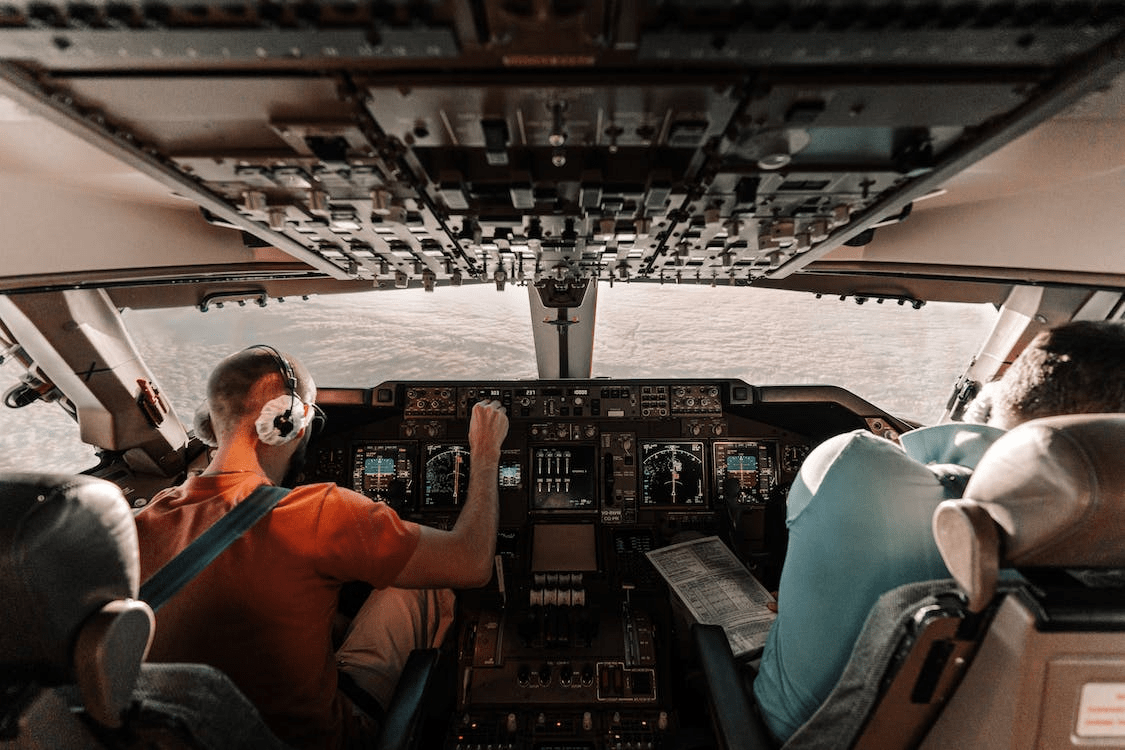
Altitude in aviation measures the height of an aircraft above sea level. Pilots use altitude for varying purposes, such as determining their location, navigating, communicating with ATC, reading aeronautical charts, avoiding collisions, and calculating the aircraft's performance. It's calculated in meters or feet above sea level.
Read more: A Guide To Different Types of Altitude in Aviation

Aircraft stalls are among the leading causes of fatal aviation accidents across the globe. More commonly experienced during descending or shortly after take-offs, aircraft stalls can be stressful for even veteran pilots.
Read more: What Happens During a Stall? Signs of Aircraft Stall

Humans have been using compasses for hundreds of years for navigation. But unlike seafarers or explorers, aviators cannot always stop to check the direction when working out potential navigational errors.
Read more: Magnetic Heading and Flying: Four Key Things to Be Aware Of

Some pilots may feel nervous when it comes to getting on the radio. Interestingly, many worry about not remembering what to say or saying it incorrectly when they finally key up the mics. Practice is indeed the key to perfection, but even when pilots get these variables right, they need to ensure they're on the correct frequency.
Read more: What is CTAF? Common Traffic Advisory Frequency Explained
The first reason for using a CRG simulator for training is the safety of the training operation itself. As a pilot, you need experience in emergencies, and with simulators like CRG, you can train with lower operating costs, avoiding safety risks.